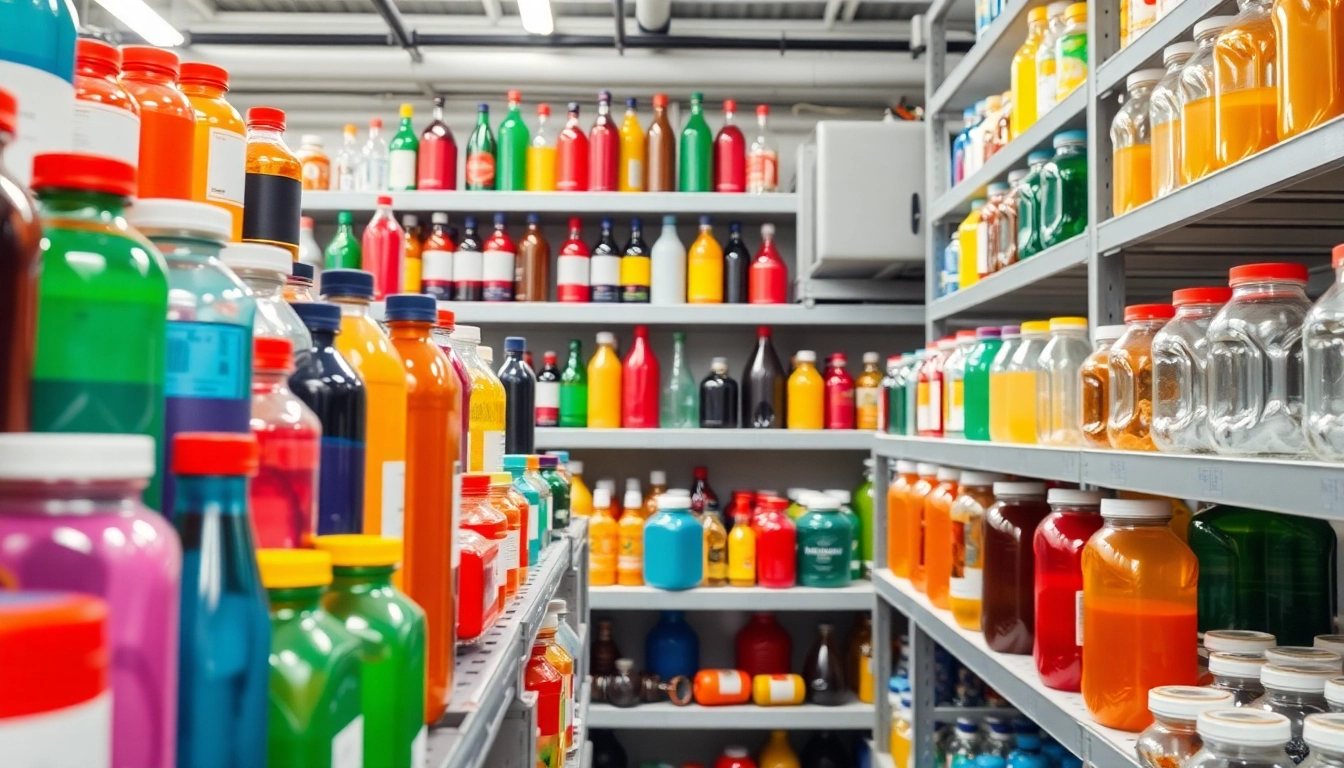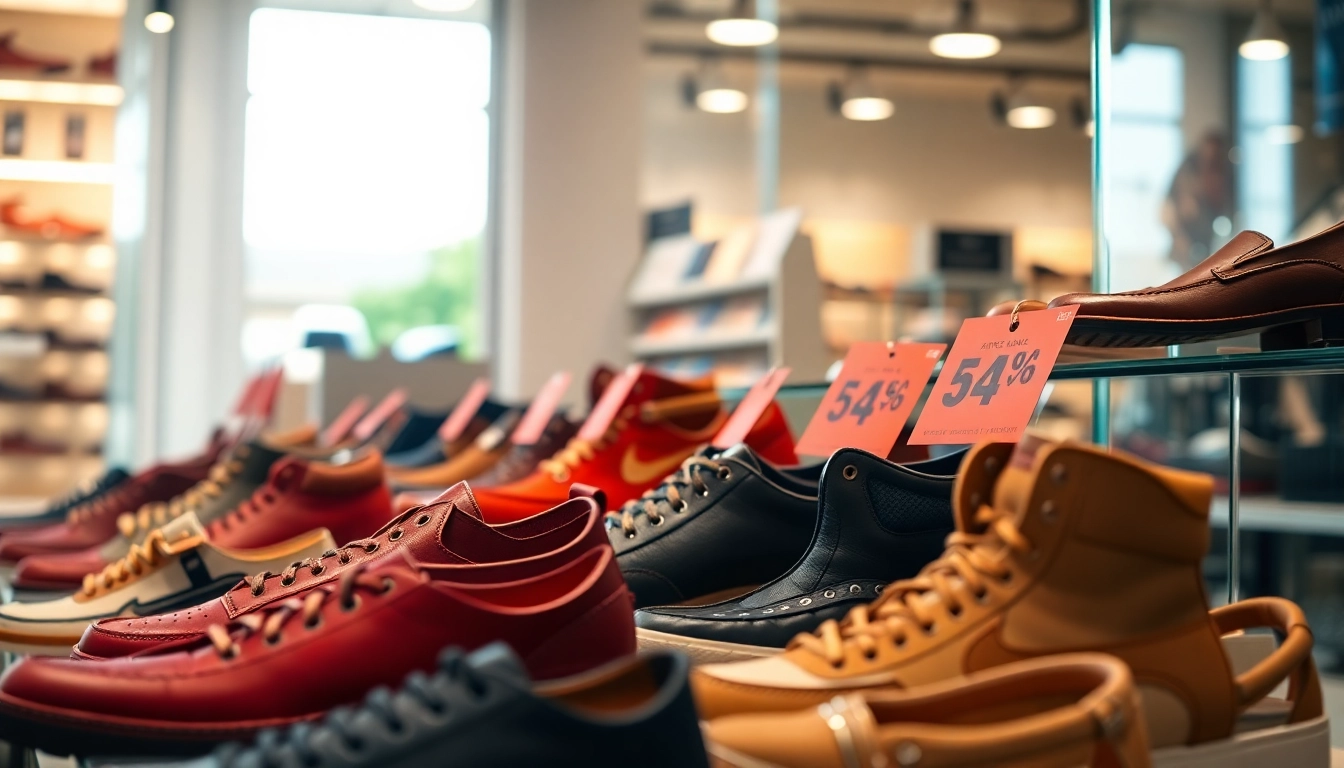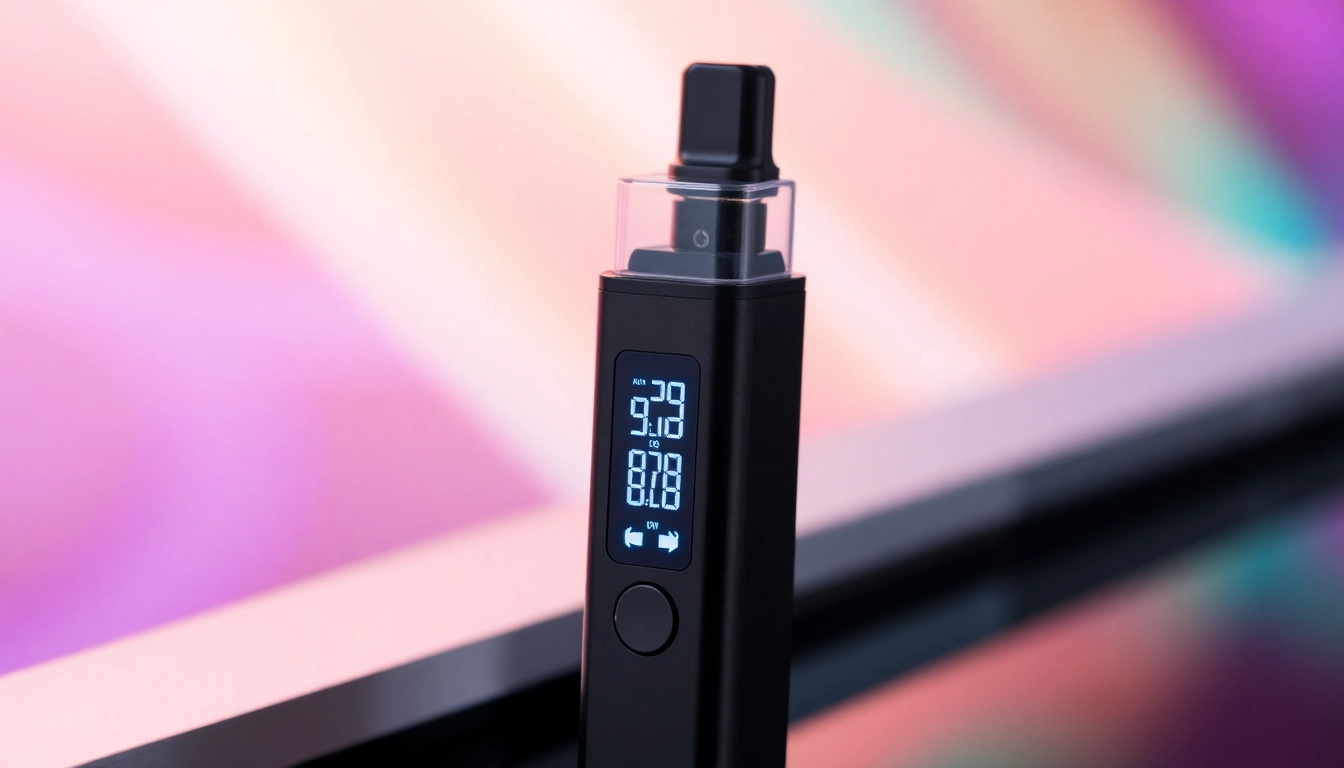Introduction to Plastik Şişe and the Packaging Industry
The packaging industry has undergone significant evolution over the past few decades, driven by increasing demand for versatile, cost-effective, and sustainable solutions. Among the most prominent products in this sector are plastik şişe, which serve as containers across numerous industries, from food and beverages to cosmetics and pharmaceuticals. These plastic bottles are favored due to their lightweight nature, durability, and ease of manufacturing, making them the backbone of modern packaging logistics. Understanding the nuances of plastik şişe production, their key applications, and innovations is essential for businesses aiming to enhance their packaging strategies and meet modern consumer expectations.
Market Overview and Trends in Plastic Bottle Production
The global plastic bottle market is experiencing sustained growth, projected to reach significant volumes over the next decade. Factors fueling this growth include escalating demand for bottled beverages, rising health consciousness fueling cosmetic and personal care product sales, and increasing regulations encouraging recyclable and eco-friendly options. Advanced manufacturing techniques, such as blow molding and extrusion studio, have improved production efficiency and enabled customization at scale.
Emerging trends focus on sustainability, with innovators developing biodegradable plastics and incorporating recycled materials into new bottles, reducing environmental impact. Manufacturers are also integrating smart packaging features, such as QR codes and RFID tags, to improve traceability and consumer engagement. This dynamic environment requires companies to stay informed about technological advancements and regulatory changes, such as restrictions on single-use plastics in certain regions.
Key Applications and Industries Using Plastik Şişe
Plastik şişe are ubiquitous in diverse industries due to their flexibility and adaptability. The beverage industry remains the largest consumer, with carbonated soft drinks, bottled water, juice, and energy drinks all packaged in various bottle sizes. The cosmetics sector utilizes sleek, frosted, and transparent bottles for perfumes, lotions, and shampoos, emphasizing product aesthetics and branding.
Pharmaceutical companies depend on high-quality, tamper-evident plastik şişe for packaging medicines, ensuring safety and compliance. Additionally, household cleaning products, food condiments, sauces, and even industrial chemicals are stored in plastic bottles designed for durability and secure closure. The convenience of lightweight and puncture-resistant bottles supports logistics, shelf life, and consumer ease-of-use across these critical sectors.
The Importance of Quality and Regulatory Compliance
In the plastic bottle manufacturing sector, quality and compliance are paramount. Regulatory standards, such as those enforced by the FDA, EU regulations, or local authorities, dictate material safety,. production processes, and labeling practices. Non-compliance can lead to product recalls, legal penalties, and damage to brand reputation. High-quality plastik şişe must adhere to strict standards concerning chemical migration, strength, and environmental safety.
Producers must implement rigorous quality control measures, including material testing, durability assessments, and contamination prevention protocols. Consumer safety is further enhanced by utilizing food-grade plastics, such as PET or HDPE, which are proven safe for direct contact with consumables. Companies that prioritize compliance not only mitigate risks but also build trust with customers and stakeholders, fostering long-term loyalty.
Types of Plastik Şişe and Their Features
Different Sizes and Shapes for Various Products
Plastic bottles come in a myriad of sizes—from small 100ml sample bottles to massive 5-liter containers—designed to meet specific product and market needs. Shape variations include cylindrical, square, ergonomic, and specialized forms that improve grip, pourability, and aesthetic appeal. For example, slim, tall bottles are popular in cosmetics, while wide-mouthed bottles are preferred in food and industrial applications.
Custom sizes and shapes enable brands to differentiate themselves on retail shelves and optimize storage and transportation efficiencies. The choice of design directly impacts consumer perception and usability — for instance, bottles with indentations or textured surfaces enhance grip, especially in wet environments.
Material Quality and Durability Aspects
The backbone of any plastik şişe is its material composition. PET (Polyethylene Terephthalate) dominates due to its strength, clarity, and recyclability, making it ideal for beverages. HDPE (High-Density Polyethylene) is known for chemical resistance and durability, suitable for cleaning products and chemicals.
Material quality directly influences properties like impact resistance, transparency, and shelf life. High-quality plastics prevent cracking, leakage, and color fading over time. Innovations in additive technologies also enhance UV resistance and act as barriers against oxygen and moisture, extending product freshness and safety.
Customization and Branding Opportunities
Modern plastik şişe manufacturing offers extensive customization options. Companies can incorporate label windows, embossing, and unique shapes to reinforce brand identity. Printing directly onto bottles or utilizing shrink sleeves enables vibrant visuals and messaging. Cap designs, colors, and closure mechanisms can also be tailored to enhance user convenience and safety.
Such personalized packaging not only boosts brand visibility but also facilitates product differentiation in competitive markets. Strategic customization, aligned with marketing goals, increases consumer engagement and loyalty, especially when combined with sustainable and functional design elements.
Cam and Glass Ürünler: Sustainable Alternatives and Innovations
Advantages of Glass and Eco-friendly Materials
While plastik şişe dominate the industry, glass and alternative eco-friendly materials are gaining traction as sustainable solutions. Glass offers unmatched purity, chemical inertness, and recyclability. It is preferred for premium products like perfumes, organic foods, and certain pharmaceuticals where purity and aesthetic are crucial.
Innovations in eco-friendly plastics, such as bioplastics made from renewable resources, are also emerging. These materials reduce dependence on fossil fuels and offer biodegradable or compostable options, aligning with global initiatives to minimize environmental footprints.
Design Trends in Cam and Glass Products
Design trends focus on minimalism, transparency, and elegance, appealing to eco-conscious consumers. Curved and embossed glass bottles evoke luxury and uniqueness, while innovative closure systems improve functionality. Color-tinted glass adds visual appeal and protects contents from light degradation.
Integrating sustainable design with consumer preferences for aesthetically pleasing packaging is vital for brands aiming to position themselves as environmentally responsible.
Combining Aesthetics with Functionality
The future of cam and glass packaging emphasizes seamless integration of form and function. Features like ergonomic grips, easy-to-read labeling, and innovative pour spouts enhance usability. Material selection also considers thermal resistance and safety, ensuring product integrity during transportation and handling.
Accessory Solutions to Enhance Packaging Effectiveness
Labels, Caps, and Closures for Plastik Şişe
Accessories play a crucial role in maximizing the functionality and attractiveness of plastik şişe. High-quality labels, whether paper or shrink sleeves, serve as marketing canvases and provide essential product information. Protective coatings help labels withstand handling, moisture, and sunlight.
Caps and closures—from flip-top to screw-on and child-proof varieties—ensure secure sealing and convenience. Innovations such as tamper-evident and sports cap designs cater to diverse consumer needs, enhancing user experience and safety.
Additional Accessories for Convenience and Safety
Extras like pour spouts, measurement markers, handles, and strainers improve usability for various applications. For medicinal or health-related products, safety seals and tamper-evident bands prevent unauthorized access.
Manufacturers increasingly incorporate smart accessories, such as QR codes integrated into caps, allowing consumers to access product information and authenticity verification via smartphones.
Integrating Accessories Into Your Brand Strategy
Accessories should complement and enhance your brand narrative. Custom cap colors, branded labels, and unique design elements reinforce brand identity. Consider eco-friendly and reusable accessories to strengthen your sustainability message, fostering consumer trust and loyalty.
Best Practices for Selecting and Managing Packaging Suppliers
Evaluating Quality, Cost, and Delivery
Choosing the right supplier is essential for maintaining product quality and optimizing costs. Conduct thorough assessments of suppliers’ manufacturing capabilities, quality assurance procedures, and compliance certifications. Request samples and conduct tests to verify material consistency, impact resistance, and safety standards.
Cost analysis should include not only unit prices but also factors like minimum order quantities, lead times, and after-sales support. Reliable suppliers with efficient logistics networks ensure timely delivery, minimizing production disruptions.
Maintaining Consistency and Bulk Purchasing Benefits
Establishing long-term relationships with trusted suppliers facilitates consistency in product quality. Bulk purchasing agreements can lead to cost savings, volume discounts, and priority production during peak times. Proper inventory management and forecasting are crucial to avoid overstocking or shortages.
Future Trends and Innovations in Packaging Supplies
The future landscape of packaging supplies is set to embrace advanced materials, such as biodegradable plastics, and smart packaging technologies. Automation and digital tracking will streamline procurement processes, while eco-conscious design trends will influence material choices and manufacturing practices. Staying ahead of these innovations ensures competitive advantage and alignment with global sustainability targets.



